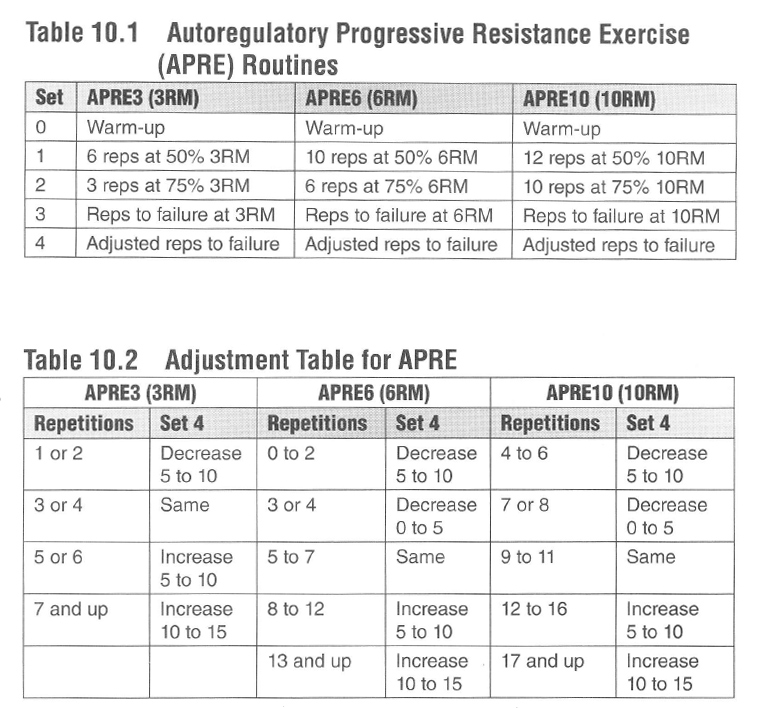| Off Season Workouts
Many variables and philosophies drive program design. To help you achieve the best results over time, your program should be progressive while appropriately addressing all of your strengths and weaknesses. A progressive approach helps you avoid plateaus, thereby preventing stagnation in your athletic development. Understanding the big picture is paramount when designing a program. Program design should be looked at several times a year, not just once a year, over several years. When designing a program, consider many factors such as the number of training days during a week, the total number of weeks (microcycle), the total training session time, off days, and active rest. OFF-SEASON DEVELOPMENTAL TRAINING Running consists of anaerobic conditioning to prepare the team for Mat Drills (page 92). Mat Drills are conducted on Tuesday and Thursday mornings with performance testing on Friday afternoons. Mat Drills are short agility and acceleration-based movements performed on a wrestling mat or a 15-x-15-foot area. (See chapter 6.) MULTILEVEL PROGRAM PROGRESSION The basic requirement for promotion from level two to three is being strong enough to play the position. Positional standards instituted as benchmarks are used to determine if athletes are strong enough to move to level three. (See chapter 2, page 17.) To be considered for promotion, an athlete must typically attain two of the four strength standards (one being for the Back Squat), one of the two explosive jump standards, and one of the two agility standards. Another factor considered is whether more explosive-type training would be beneficial in developing overall athleticism. (See the goals for level three on page 11.) The basic requirement for promotion from level two to level three is having enough relative strength to play the position. However body com-position is a very important factor in promotion from level three to level four. Level four requires more ability to produce and absorb force. Not all athletes will reach level four.
TRAINING TEMPO IN THE WEIGHT ROOM AUTOREGULATORY PROGRESSIVE RESISTANCE EXERCISE (APRE) • Creates rapid strength gains The three protocols are APRE3, APRE6, and APRE10. Choosing the most appropriate protocol depends on what type of strength you're trying to develop. The APRE3 is based on an estimated 3-rep max (3RM) and is used for developing maximum strength and power. The APRE6 is based on an estimated 6RM and is used for developing strength and hypertrophy. The APRE10 is based on an estimated 1ORM and is used for hypertrophy. As you can see from table 10.1, the setup is the same for each of the routines: a light set of 50 percent of the RM followed by a second set with 75 percent of the RM, and a third set with maximum repetitions at the RM. The fourth and final sets are adjusted based on the repetitions attained during the third set (table 10.2). They are performed to maximum repetitions again, which determines the RM for the following week. As an example, use the 3RM routine for an athlete with an estimated 3RM of 300 pounds on the Bench Press. The athlete warms up for his first set with 150 pounds for 6 repetitions (150 pounds is 50 percent of 300 pounds). He then completes a set of 3 repetitions with 225 pounds (225 pounds is 75 percent of 300 pounds). The assigned weight for the third set is 300 pounds, which is the estimated 3RM, and the athlete does maximum repetitions.  Any of the protocols can be used this way. The number of repetitions completed in the third set determines the weight used in the fourth set, and the number of repetitions completed in the fourth set determines the weight used in the third set the following week. |
||
|
|






